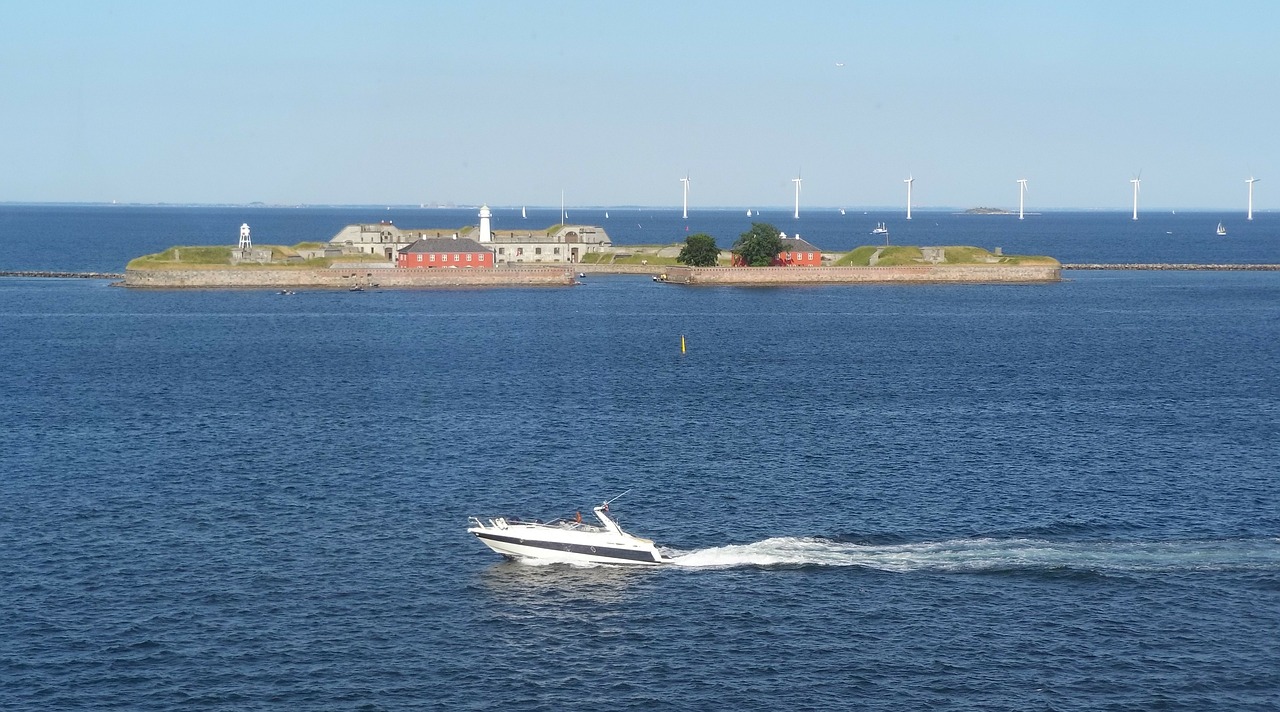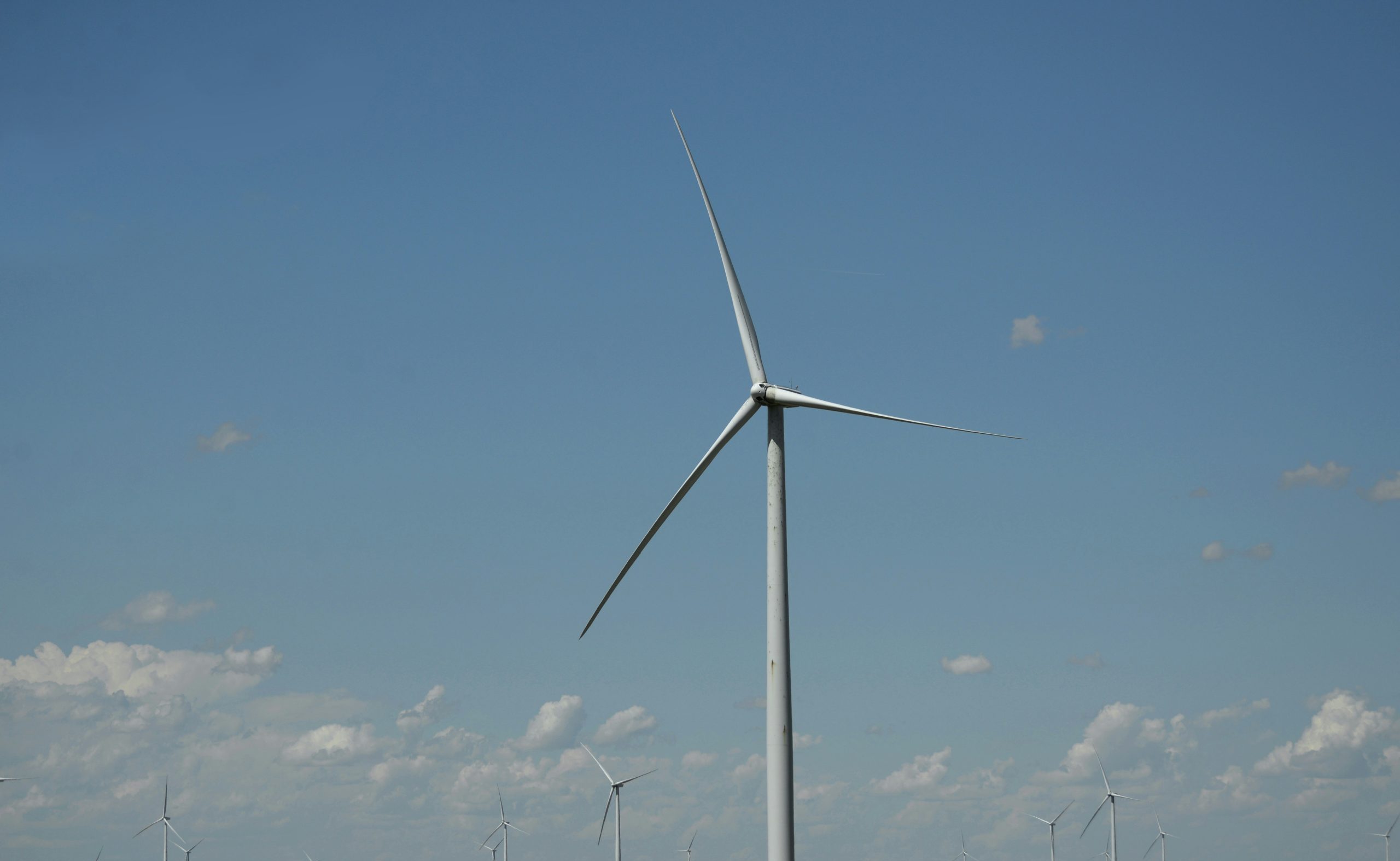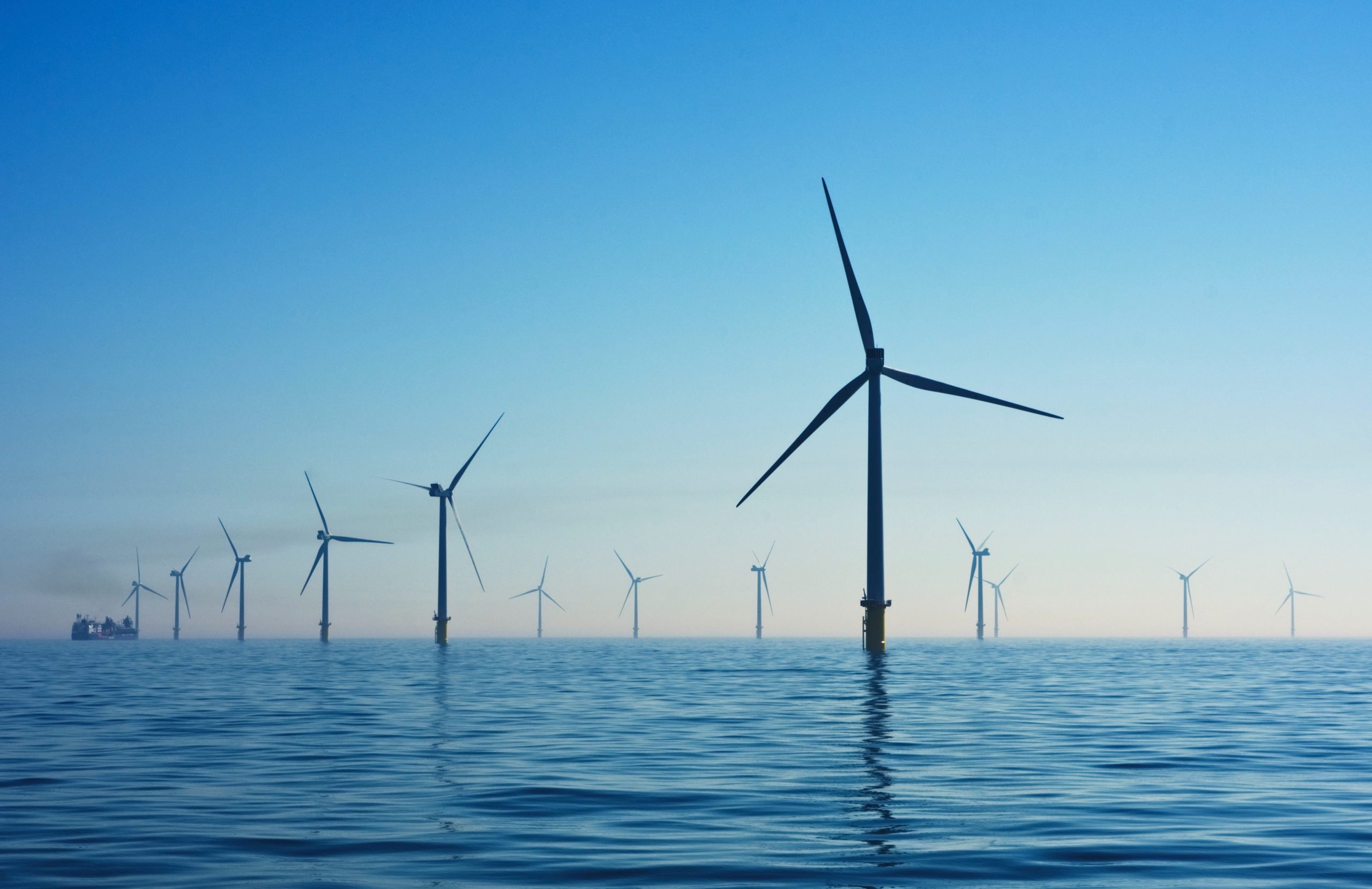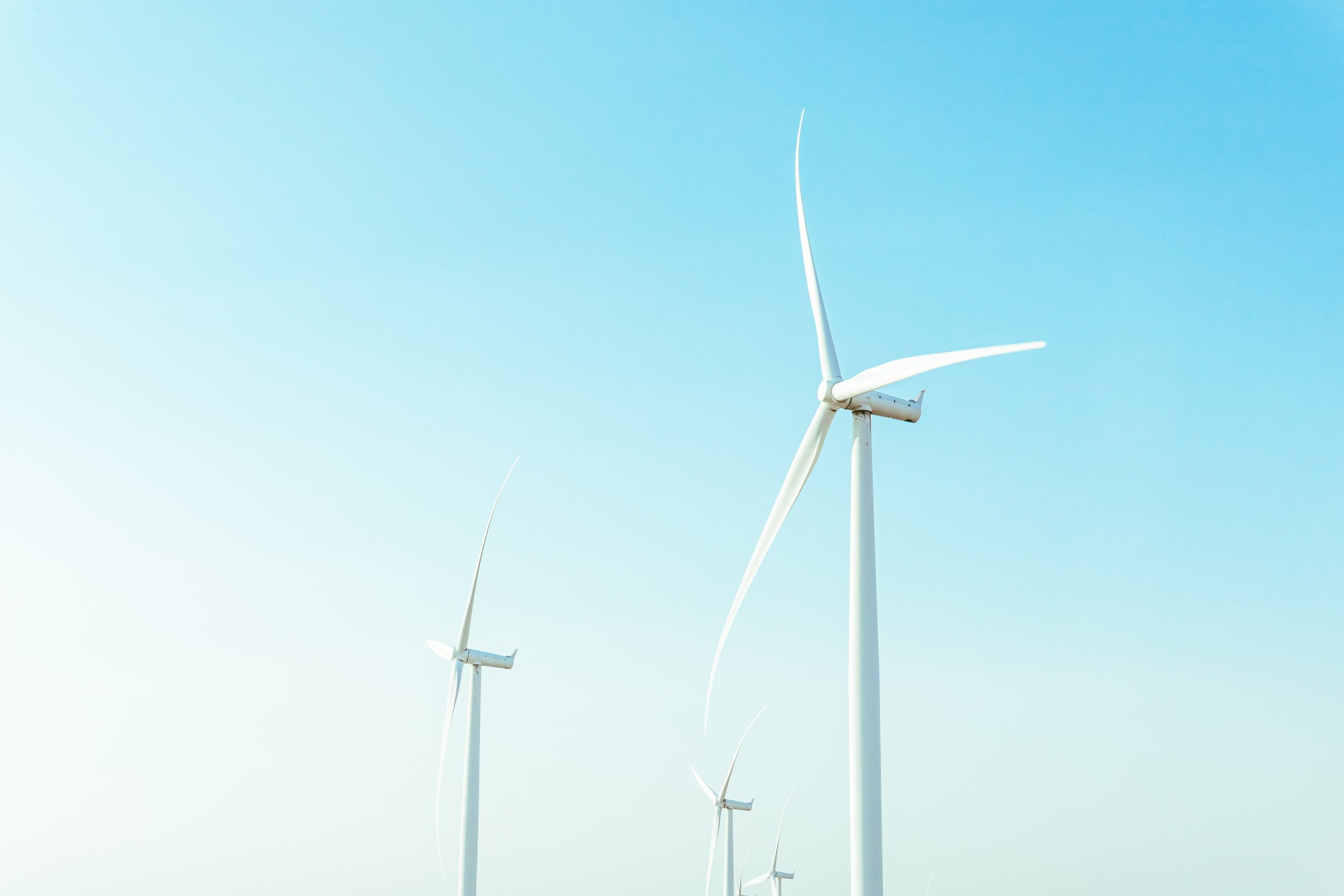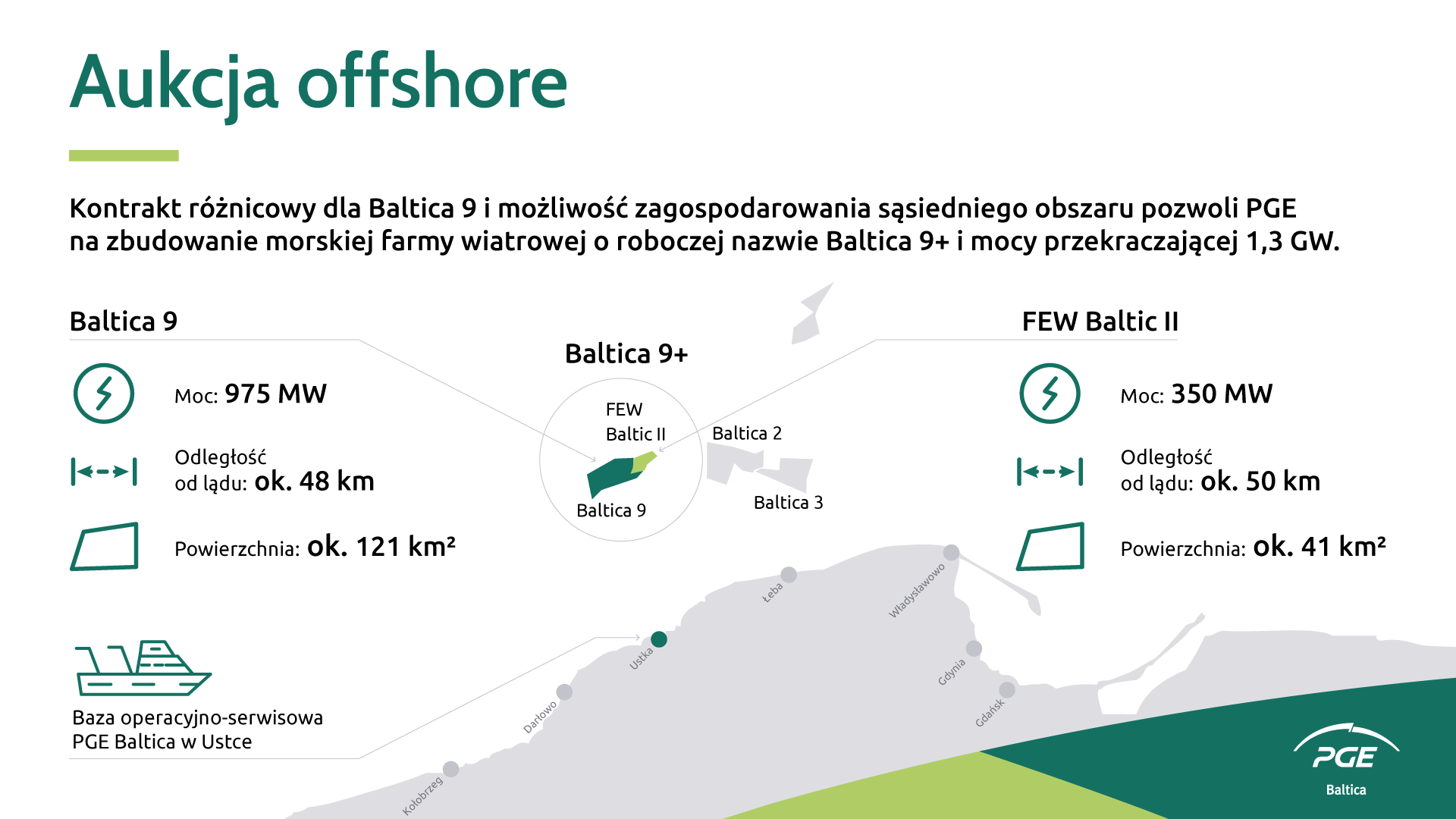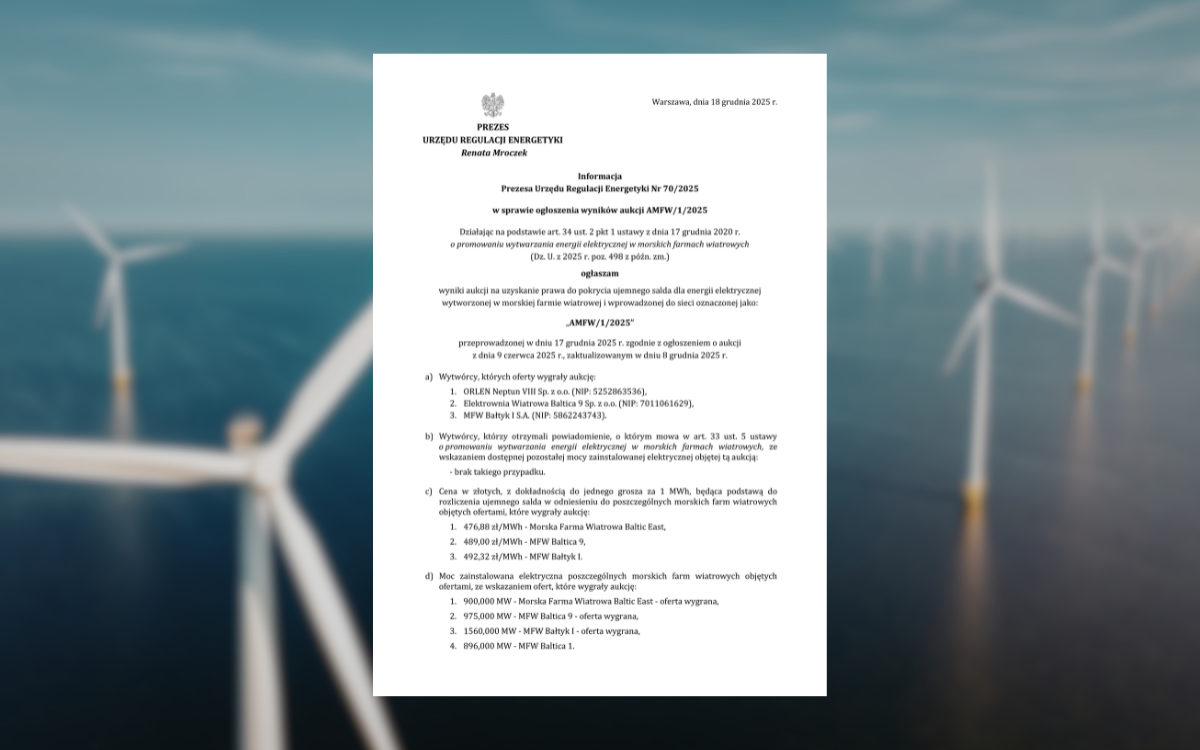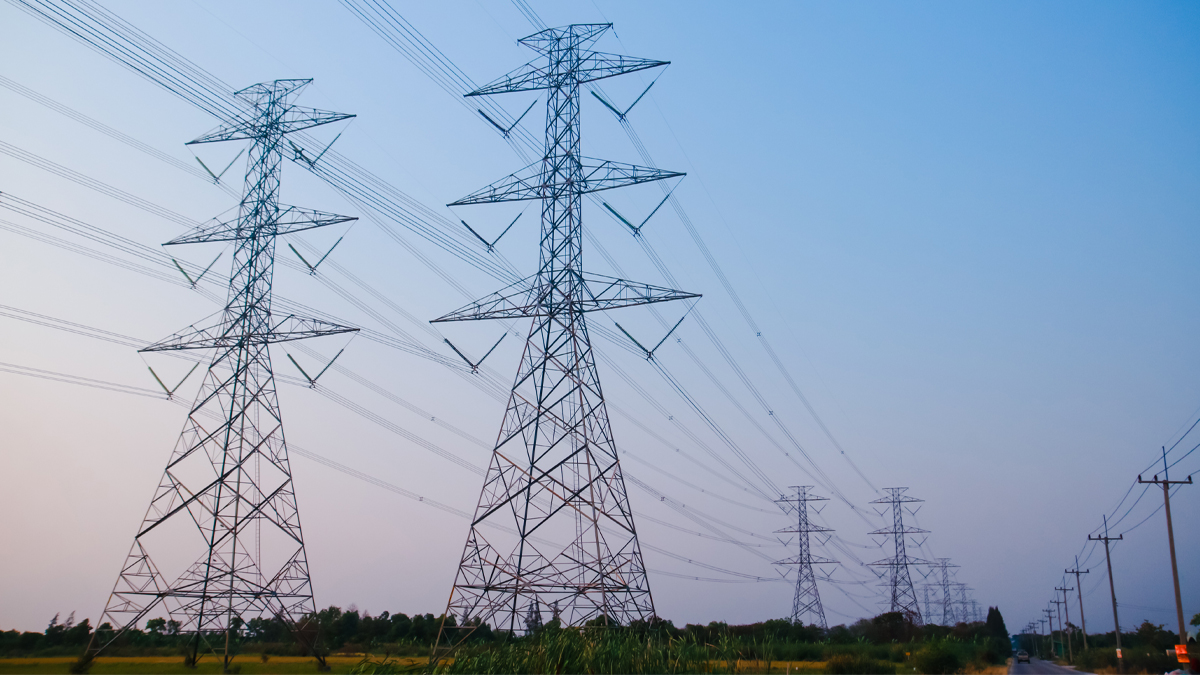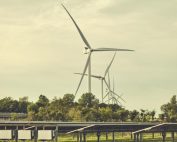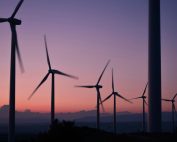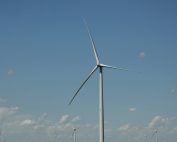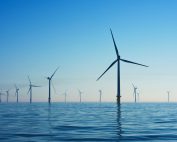Denmark’s Finance Ministry said that the Danish government, together with the political parties, has reached a partial agreement on the 2022 budget bill. Politicians expressed the need for more investment in offshore wind energy. It was agreed to expand offshore wind turbines by an additional 2 GW by 2030. The agreement was presented on Saturday, December 4.
The bill’s budget focuses on speeding up the development of offshore wind energy, but there are also demands to increase the implementation of CO2 capture and climate protection technologies. The agreement is expected to reduce greenhouse gas emissions by an additional 0.5 million tonnes in 2025. Agreement was also reached on two new marine national nature parks in Øresund and Lillebælt, and efforts to promote the quality of Denmark’s drinking water were strengthened.
To meet the 2030 climate targets, even more offshore wind turbines must be built in Danish waters. According to the agreement, offshore wind power plants will be developed over the next 10 years with a capacity equivalent to 2 GW more than previously planned. This corresponds to two additional wind installations the size of Thor, which will be Denmark’s largest offshore wind farm.
It is estimated that 2 GW of offshore wind could meet the electricity needs of about 2 million households. It was also agreed that the government would provide analysis in 2022 that could inform a possible tender for an additional 1 GW.
– “This is a gigantic agreement that almost doubles the wind power we have offshore today”, Finance Minister Nicolai Wammen said when he presented the tenets of the agreement to politicians from SF, De Radikale, Enhedslisten, Alternativet and Kristendemokraterne, quoted by the Altinget portal.
Minister for Climate, Dan Jørgensen, added that the demand for green energy will increase in the coming years. It includes electric cars, electrification of the heating sector and new technologies using electrolysis to produce hydrogen and ammonia as fuel for aircraft and ships.
Almost double up on offshore wind power 🍃⚡️⁰
A majority of 🇩🇰 parliament have strengthened the course for a new era of #offshorewindAmong a host of initiatives, today's package adds 2 GW capacity – that's enough power for 2 million households! 💪🇩🇰 pic.twitter.com/clFHu9y7Eg
— Dan Jørgensen (@DanJoergensen) December 4, 2021
In turn, Hans Brask, Ambassador of Denmark in Lithuania, commented that the new political agreement in Denmark will increase investment in green energy from offshore wind, including in the Baltic Sea.
New political agreement in Denmark that increases the green energy investment in offshore wind power (including in the Baltic Sea) in the years to come.@DainiusKreivys https://t.co/jmSxaFLxMO
— Hans Brask (@DKAMBinLT) December 4, 2021
The new agreement complements the 2018 energy agreement, under which it was decided to build 3 offshore wind farms. The 2020 climate agreement decided to build the world’s first energy islands – in the North Sea and the Baltic Sea.
In addition, the new agreement aims to accelerate the development of CO2 capture, and storage technologies. The parties to the agreement also agree to increase Denmark’s contribution to climate action.
As early as spring 2022, the government will discuss with the parliamentary parties a comprehensive maritime plan that will set an ambitious, sustainable direction for Denmark’s maritime areas. In this context, the parties to the agreement decided to establish a trawl-free zone (fishing gear) in the Belt Sea, covering Lille, Storebælt and Langelandsbælt.
